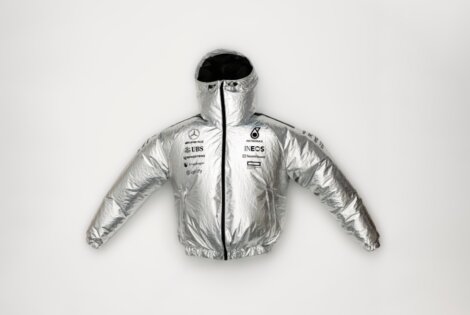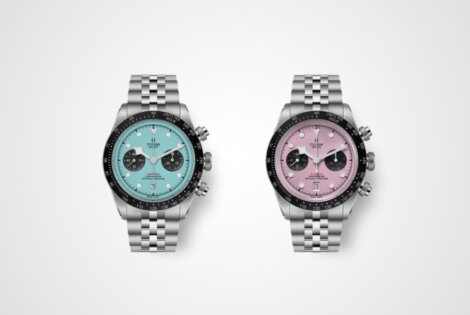Business Casual is an album that Canadian electro-funk twosome Chromeo created. It’s also a dress code that you may find confusing due to its conflicting moniker.
Business is nothing to be casual about. So how can business casual attire work?
In a planet where Facebook entrepreneur Mark Zuckerberg can show up to the office in sliders, jeans, and a T-shirt, the very idea of business-casual may seem as important as MySpace.
However, just because you can rock a hoodie, it doesn’t mean that you should- at least not in the final strongholds of seriousness such as finance. You still must dress up- not as far, though.
How Business-Casual Came About

Contents
- How Business-Casual Came About
- Business Casual Dos and Don’ts
- Do Wear a Half-Zip Sweater, Don’t Wear Hoodies
- Don’t do the Gingham Shirt, Do the Striped Shirt
- Don’t do Backpacks, do a Convertable Leather Brief
- Do Polo Shirts, Don’t do T-shirts
- Do Wear Your Jacket, Don’t Wear a Fleece Vest
- Don’t Wear All Birds, Do Put On Any Other Cooler Sneaker
- Do Put On Cotton Dress Pants, Don’t Wear Khaki Chinos
- Are Jeans Business Informal Material?
Business-casual was conceived in Silicon Valley in the 1980s. It resulted from tiny, self-contained, primarily male organizations that prioritized outcomes instead of procedure and spent more time in front of computer screens than other mortals.
Business-casual was a uniquely American concept to include a work culture of generality.
The boss might dress better than you daily, but at least on a single day of the week (‘Dress Down Friday’), everyone got to dress as terribly as each other. The suit took an exit, and polo- if not Hawaiian- shirts and khakis made an entry.
Experts have traced Casual Friday’s roots, perhaps apocryphally, to nineteenth-century Britons who wore tweed suits prior to catching the train to their country grounds for the weekend.
Some marketing mastermind at the Hawaiian Fashion Guild created ‘Aloha Fridays’ in 1966, which assisted the thought of in-office simplicity to grow.
Capitalizing on the developing opposition of workers to traditional suits and agencies to floral shirts, the marketing department at American workwear label Dockers sent its reliable ‘Guide To Informal Business Wear’ to over twenty-thousand HR managers in 1992.
That made issues clear- but only to a range.
The Meaning of Business-Casual Today

Similar to its name, business casual in its sternest sense has been a mixed bag. It simply substituted a single uniform (the suit) with another in chinos and polo shirts.
As a spirit, business-casual has been prevalent thanks mostly to California’s standing as a producer of culture and clothing.
Then as now, individuals perceived tech organizations as cutting edge, eager to be seen as accepting best bureau practices and generally appearing hip, other agencies followed the trend.
Business-casual is ruling the planet. As of 2017, ‘businesslike clothing’ for members of parliament at the House of Commons doesn’t have to comprise ties. And, leaders’ dress code at the G8 summit in 2013 was ‘smart-informal.’
Even banks accept the idea: JP Morgan presented ‘business informal’ in 2016, although workers were concerned that they’d look as if they had no customers to see.
Meanwhile, Goldman Sachs recently set in motion an ‘informal’ dress code- but solely for its tech staff, and with the warning that they should exercise judgment in choosing when to adjust to business dressing as situations dictate, mostly if they have a customer meeting.
Important Laws When Putting On Enterprise Casual Wear

Here are some of the essential rules that you should follow to the letter as you rock a business-friendly look:
- Your attire should always fit you well. This is something that the well-dressed adult male should always ensure, even when cladding informally, but it becomes even more crucial when dressing for company purposes.
Loosely fitting or baggy clothes give you a sloppy reputation to a possible employer or customer.
- If you’re only beginning to build a business-friendly wardrobe, cling to impartial hues like brown, white, navy, black, tan, and grey for your business casual pants and shirts.
In this manner, your business casual clothes will never go out of style. Plus, they’ll be easy to pair and combine.
- Your establishment casual clothing should have at least some formal elements and should always be unwrinkled and clean. You should put on a collar at the very least.
Business Casual Dos and Don’ts
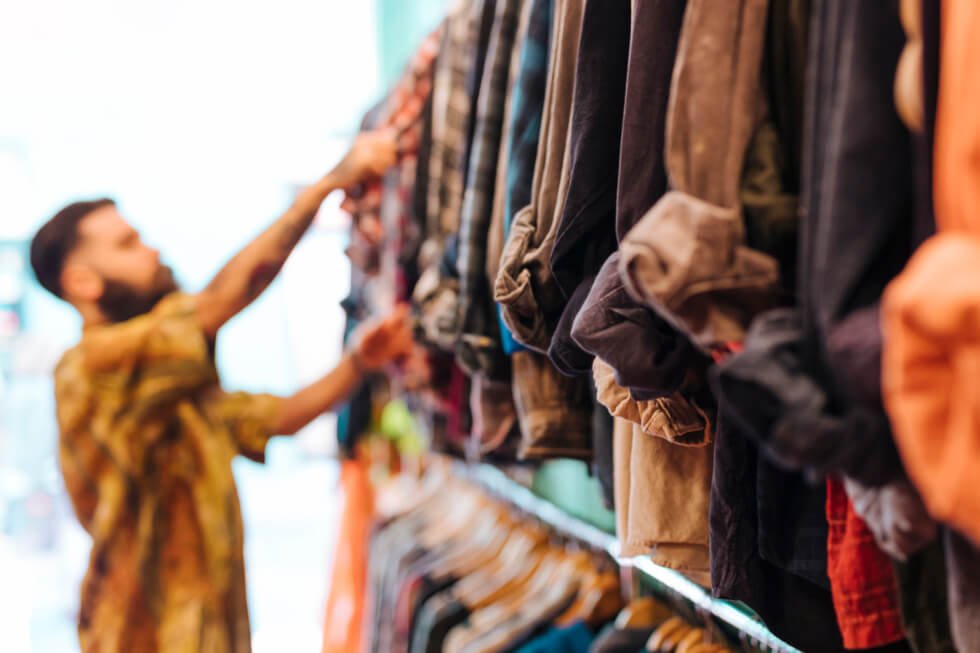
Some entrepreneurs, workers, and people generally make the faux pas of combining attire that doesn’t match in the name of being different,
This can put you at an odd spot when you’re with other people who better understand the art of applying dressing in a business-casual way.
Here are some helpful tips to help you stay on top of the business-informal dressing game:
Do Wear a Half-Zip Sweater, Don’t Wear Hoodies
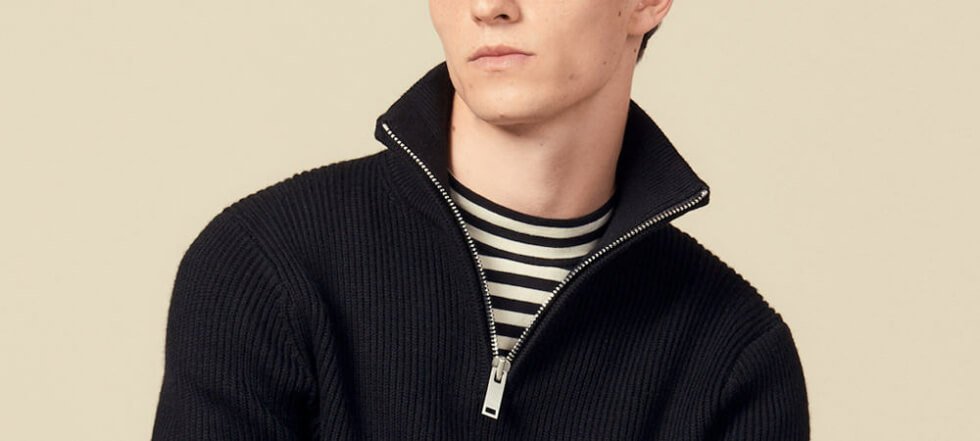
A hoodie is the official uniform of the unconcerned employee.
You have several innovative alternatives to replace the hoodie, such as the cardigan. You could also try the quarter-zip sweater.
Its biggest advantages are it permits you to show off a collared shirt beneath. And, it’s not as stuffy as a pullover. Therefore, it’s a wonderful jacketless alternative.
Don’t do the Gingham Shirt, Do the Striped Shirt
Thanks to how J.Crew pushed it in the 2000s, the gingham shirt is probably a more basic bro-style hackney than the vest or hoodie.
Gingham shirts are perfect options for casual Spring weddings. However, they’re a no for the office.
Putting them on to the office is similar to a bad guy giving a speech to a hero, buying him some time to flee. Everyone anticipates that.
A fine striped shirt is a wonderful option if you’d like a recess from solids as it’s the best of both planets.
From a distance, a proper fine striped shirt looks professional and solid.
The stripes are evident up close, helping you stand out discreetly, minus looking like every other guy or going overboard.
Don’t do Backpacks, do a Convertable Leather Brief
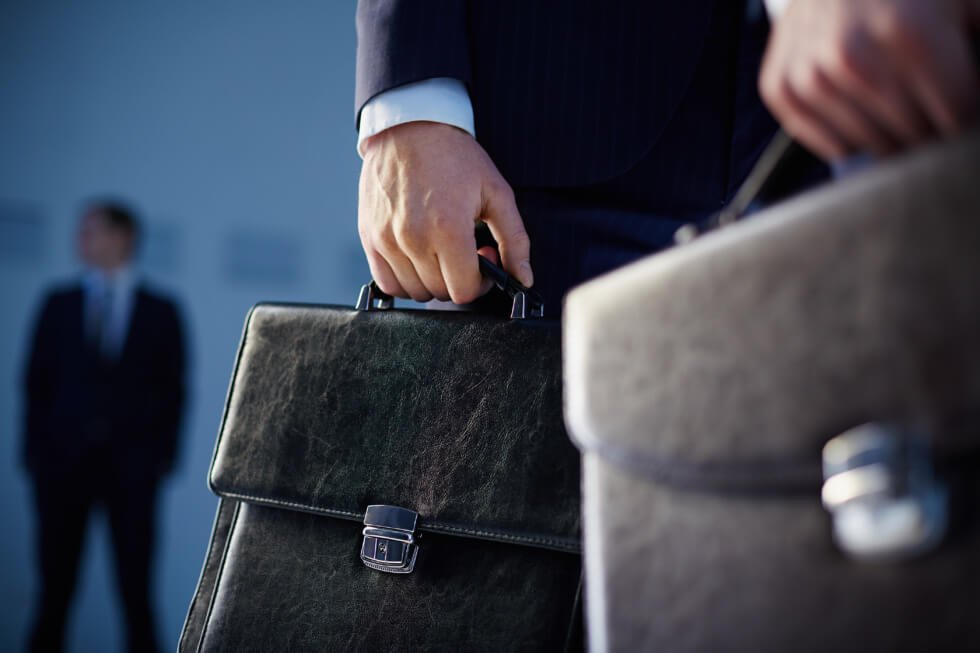
Backpacks can not only be harsh on nice tailorings like your sports jacket or coat, but they make you appear unprofessional and sloppy as well.
Worst of all, you’ll be that irritating guy with a backpack if you take public transportation.
A professional-looking leather briefcase is a better choice. Producers design many of them with padding of a laptop bag and protective spaces, with a professional leather outside of a classic briefcase.
Do Polo Shirts, Don’t do T-shirts
The polo shirt receives a bad rap, and that’s since men tend to choose polos that are ideal for the golf course, not the office.
The suitable polo shirt is your enterprise casual secret weapon. It occupies that sweet area on the seriousness scale: It’s cozier than a button-up and dressier than a T-shirt.
It works well beneath a denim jacket as it does under a sports coat.
Do Wear Your Jacket, Don’t Wear a Fleece Vest
You can only know that your style cliche is terrible if it has its Instagram.
Granted, there’s a community in wearing your organization’s goodie bag fleece vest to have lunch.
However, a smarter and stylish alternative that will help you stay away from ridiculing Instagram accounts is right behind you, hanging over your office seat.
Don’t Wear All Birds, Do Put On Any Other Cooler Sneaker
All Birds are uncool categories of Adidas Boosts and Nike Frees.
Consider buying some Adidas Boost or Nike Frees and check this part of your list.
Do Put On Cotton Dress Pants, Don’t Wear Khaki Chinos
Chinos are great, no disrespect to them, but there’s always something that’ll feel off when you want to look professional and neat.
Chinos cotton’s casualness- the way it folds and moves- will always make you feel slightly underdressed.
Luckily, labels such as Bonobos have been designing a slightly new group of pants- a wrinkle-opposing cotton mix that has wool trouser’s sharpness but is as cozy to put on as chino.
Other dos that you should practice and don’ts that you should avoid like the plague are:
- Don’t wear boat shoes in business informal settings. They aren’t similar to loafers.
- Do put on a tailored jacket with a tie.
- Do dress down your business outfit.
- Do put on dress shirts, cardigans, tailored jackets, and sweaters.
- Don’t dress up your casual outfit.
- Do give out a professional look, even if you have an informal outfit on.
- Don’t put on a tie with a suit (even if it’s alright. It gives your outfit a more formal vibe).
- Do ensure that your belt’s buckle always aligns with your pant’s fly after you’ve fastened it.
- Don’t put on slippers, shorts, or sandals.
- Do check other workers’ dress standards at your bureau and strive to take it a notch higher.
- Don’t put on suit jackets as sport coats. It may be alright to combine dress pants and jackets (e.g., charcoal suit pants with navy suit jacket), but suit jackets can appear slightly off when you wear them casually, for instance, with jeans.
Speaking of jeans…
Are Jeans Business Informal Material?

Technically, not at all. Menswear perfectionists would never don jeans in an establishment casual surrounding.
However, many contemporary offices are fine with jeans, even though this usually doesn’t go as planned.
The issue is, most adult males don’t understand the variation between dressy and friendly jeans.
There’s a massive difference between light wash, relaxed fit jeans with dwindled knees and frayed hems and fitted dark wash jeans with zero distressing or fades.
If you’re opting to put on jeans for a business-friendly office, ensure they’re dark, fitted, and without any distressing.
One more thing: Ensure that your tailor hems your jeans to the appropriate length.
The business casual dress code extends from wearing only pants and shirts to suits without ties. Dressing down beyond that would shift you far into the relaxed zone.
Sure, you’ve seen excellent outfits that mix white sneakers, denim, and v-neck T-shirt with sport coats. However, those looks are too friendly style for business-casual.
Strive to lean towards the establishment side instead of the friendly side. Consider it your business expert clothing, but slightly less serious.
Why Being Overdressed is a Good Thing
Immediately you’ve come into an office, you can measure the room and have a look at what everyone else has on.
However, if you haven’t been there previously and don’t know how they would want you to dress, then bear in mind that overdressed is way better than underdressed.
One of the advantages of being overdressed is you can still introduce yourself as an expert. On the other hand, your possible employer or client may think that you don’t take your job with the seriousness it deserves if you’re underdressed.
Creating the Wardrobe: The Basic Business-Friendly Attire for Men
By now, you have a more transparent concept of what business-relaxed clothing looks like, and you have some basic guidelines to abide by.
It’s now time to go a step further and go through all clothing that should belong in your business-friendly wardrobe and how you can ace that look:
Business Casual Footwear
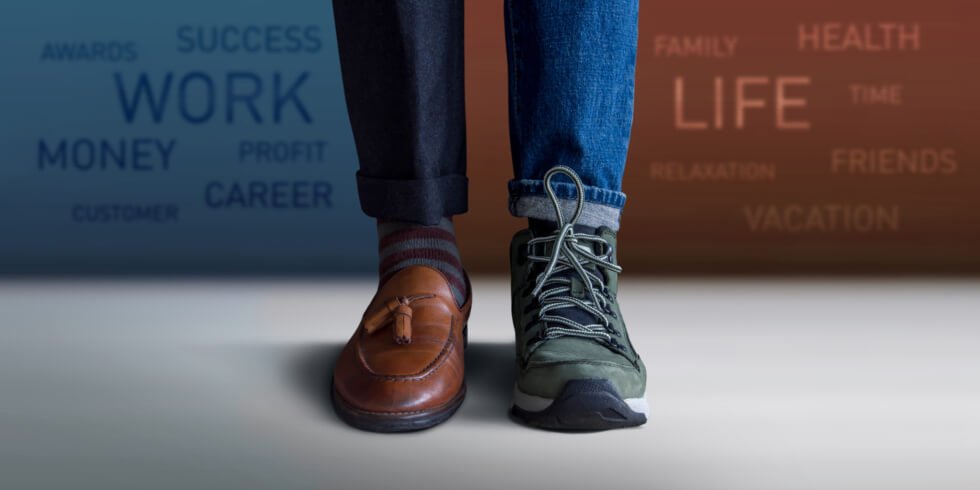
Generally, informal shoes aren’t ideal for business informal settings.
Some of the informal shoes are:
- Driving mocs
- Espadrilles
- Sneakers
- Workboots
- Sandals
- Flip flops
- Boat shoes
Nearly any kind of ‘dress shoe’ is acceptable, except patent leather whole cuts and velvet slippers.
Seven main types of shoes can fit perfectly in any business-casual setting:
- Chelsea
- Oxford
- Loafer (in leather or suede)
- Brogue
- Derby
- Dress boots
- Monk straps
Get a pair of dress boots in brown and black, so you have several proper lace-up footwear to put on with any hue of your pants.
Chukka boots tend to lean towards the relaxed, so try not to wear them in a business-casual outfit.
Keep socks in unbiased colors of beige, brown, grey, or black. If you’d like to get matchy, you could find socks with discreet series that comprise both the hue of your shoes and pants.
Dress Shirts
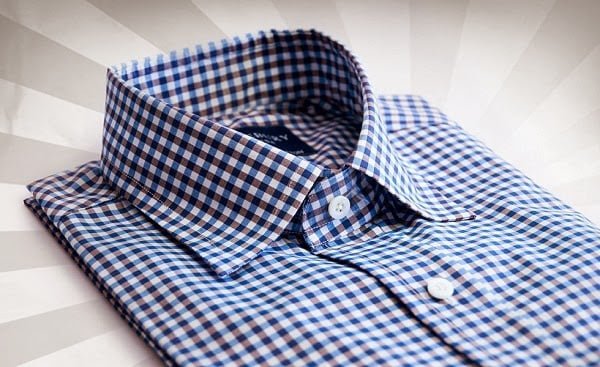
They’re typical business informal shirts.
You may come across offices that’ll permit a tucked-in polo shirt in summer. But, for a real business casual appearance, stick to dress shirts. (You can always opt for linen even when the temperatures are unbearable).
Begin your wardrobe with dress shirts in traditional hues such as light blue and white. A white button-down oxford is a typical go-to shirt for business-informal dressing. You might also go for choices such as lavender, pale pink, or mint green.
You could try discreet series such as pinstripes or gingham. However, please stay away from business-casual shirts that are too trendy or bold in design. Bear in mind that you’d like to blunder on the conservative side when choosing your expert clothes.
Fit is vital, so attempt these three main kinds of dress shirts:
- Relaxed fit
- Slim fit
- Regular fit
To see which of them matches your body type perfectly.
Although current fashion patterns seem to accept a slim fit, choose it solely if you feel cozy with it and it matches your body type. If ever you’re unsure, go for long-sleeved shirts in an ordinary fit.
What’s the Variation Between a Button-Up Shirt and a Button-Down One?
A button-up shirt has a stiff color, and it may utilize a plastic shirt stay to keep the collar in position.
On the other hand, a button-down shirt has buttons that lock the collar to the shirt’s body.
You can put on either of them for enterprise-casual attire.
Point to note: You should always tuck your shirt in. An untucked one can’t be part of a business-casual outfit.
And, you should always leave the several top buttons of your shirt undone unless you’re putting on a tie. If that reveals excessive chest hair or skin, leave the upper one undone.
Suits
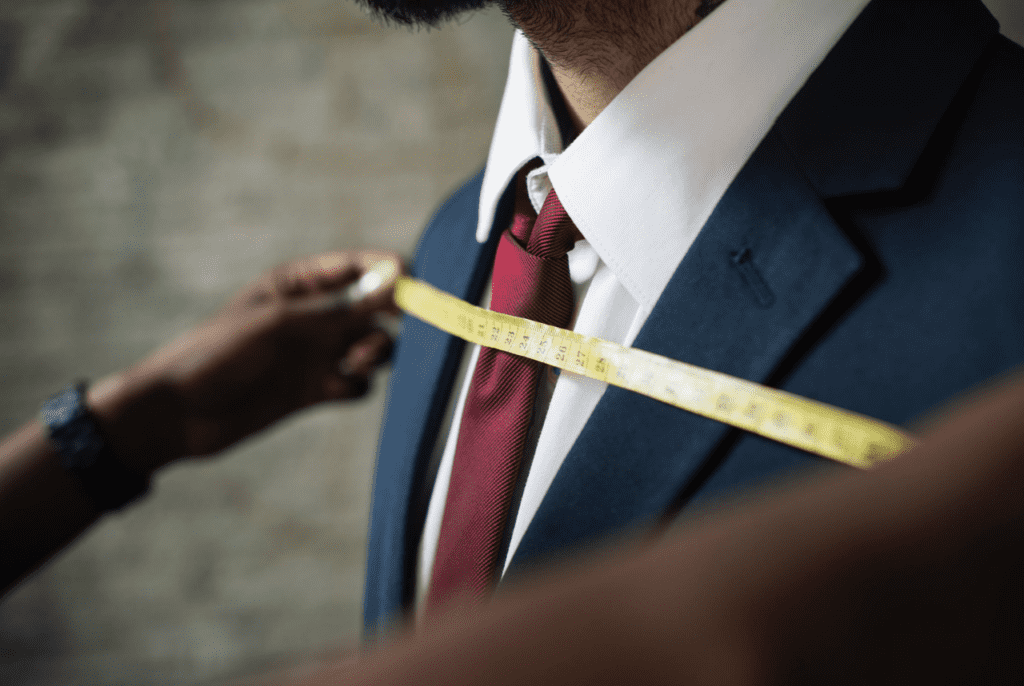
Some business-informal workstations will want you to put on a suit to work. They might permit you to leave the tie home.
Even if you don’t have to put on a suit to work, it doesn’t mean that you never should. It still looks more handsome (as per the ladies) and professional.
Having a suit or more in your wardrobe will also be convenient when you must step your representation up a notch. What if you have to provide a presentation for upper management, or you’re meeting a prominent customer?
Putting on a suit provides you with the most expert picture, even minus the tie.
Cardigans/ Sweaters
They make fine layering parts for a business-casual outfit.
During winter, you may put them on in some workstations as a middle layer in between your jacket and shirt.
Other offices permit you to wear them as a substitute for your jacket.
But, don’t think you can put on that chunky Christmas cardigan that your grandma knitted for you- a v-neck sweater in merino wools functions excellently as a replacement for a jacket.
Keep your cardigan or v-neck sweater solid and light. Leave the bold patterns and chunky knits for more friendly events.
You can get creative in terms of color, so don’t be shy about lightening your workspace up with a pop of yellow or red. If you put on some bright attire, pair it with an unbiased-colored shirt such as a white button-down.
Pants
What kind of pants foots the business informal bill?
Chinos or dress pants are some excellent picks.
Ensure that your pants don’t crease excessively around the ankles and fit correctly. Opt for a zero-break to half-break.
About the ‘break’
It’s the fabric’s creasing or fold where your pant leg meets your footwear.
There’s a minor variation between a zero-break well-fitting pair of pants and pants that are excessively brief. Therefore, see to it that you have a professional tailor nearby to change your dress pants.
And once more, begin with more conservative hues such as camel, navy, or grey. If you do put on more colored pants, ensure that they’re appropriately muted.
Jackets
While some business-friendly workstations still expect you to put on a suit, others are okay as long as you wear a jacket.
If that’s your predicament, quilted jackets, grey or navy blazers, corduroy jackets, and tweed sports coats are your ideal choices.
If you wear a dark blazer over a long-sleeved shirt with leather shoes and a tie, you’re in classic casual clothing, and you look good.
Business Informal Extras
Accessories are key in any men’s style wardrobe when you’d like to heighten your fashion result up a notch.
Here are some of the essential business-casual add-ons:
- Pocket Squares
They can add a dash of class and color to your business-friendly clothing. If you’re putting on a jacket or blazer, pair it with a going-against pocket square.
When you wear it with a tie, try to have the square complement instead of pair with the tie.
A straightforward way to do this is by having a color in the pocket square series match the tie or the other way around.
- Ties
Ties aren’t always a must in a business-casual outfit. The business-informal fad began with leaving the tie at home.
But mostly when the outfit is more casual- say, when you’re putting on chinos and a cardigan rather than a suit- a knit tie can return your outfit slightly to the establishment side.
Of course, you don’t rock a business-friendly look to black-tie occasions. Therefore, you can play around with hues and patterns or even choose a knitted tie.
- Watches and Belts
Most individuals don’t think watches and belts are essential add-ons. However, a wise, stylish adult male would.
The classiest business-informal style for the belt would be braided or plain leather in black or brown. In the case of watches, nothing’s better than a brown leather strap pick.
You should ensure that your leather watch and belt pair with your leather shoes.
The basic meaning of this is that if you have brown leather shoes on, your leather belt should also be brown, as should be your watch’s leather strap.
- Bags
This list can’t be complete without bags.
Most style-conscious men have a bag to pair with their business-casual outfits. They don’t go for backpacks though, as we’d seen earlier.
Rather, they go for a canvas leather bag or a leather bag in black or brown. An all-canvas portfolio or canvas bag may also work for you but cling to unbiased hues and classic, clean, functional designs.




